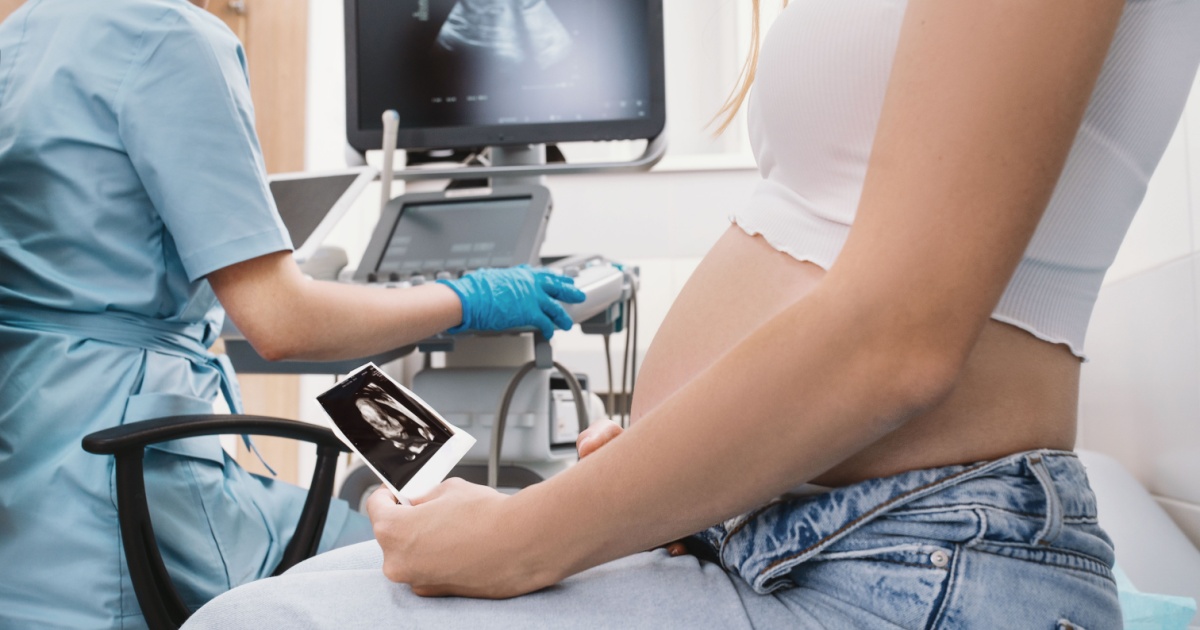
Shutterstock
All humans (and honestly, basically all mammals) have a major task to accomplish very early on in our life. Find and implant ourselves into the uterine wall of our mother. Now, this is obviously not something that is done intentionally since it occurs way before our brains even begin to develop, but it is still a critically important stage of development. In fact, an estimated 60% of miscarriages occur at this stage, which is just 5-6 days after fertilization.
While we have long known that this is an essential stop, scientists have not been able to record it actually happening because the embryo is still far to small to get good images. A new study that was published in Science Advances, however, changes all of that.
This was made possible due to a new system that was able to take a time-lapse video of embryos going through implantation into an artificial uterine wall. The team was able to look at both human embryos and the embryos of mice to compare them. One key finding was that mice seem to implant themselves on the surface of the uterine wall, which is very different from humans that embed themselves deep within it. This is an important point fore future studies that may want to use mice as test subjects. The video of this process can be seen here:
A senior author and bioengineer, Samuel Ojosnegros, of the Barcelona Institute of Science and Technology (BIST) talked about this with ScienceAlert, saying:
“For the first time, we’ve been able to watch human embryo implantation unfold dynamically. We’ve opened a window into a stage of development that was previously hidden.”
This study can provide many key insights into how human life develops from the earliest stages, and may be used for potential development of things like artificial wombs and improving the results of fertility treatments. Ojosnegros later said:
“Our technology lets us pinpoint where the embryo exerts force, and we found it applies significant mechanical force to implant and invade. This means that mouse studies can only take us so far in understanding human implantation.”

Shutterstock
The uterine model that was used in this study was developed by Ojosnegros and his colleagues. They are careful to point out the fact that this only allows them to analyze the actions of the embryo. Since the uterine wall is artificial, it does not take into account what potential reaction there may be from the mother’s body.
Researchers want to continue this line of research to better understand this early stage of human development.
If you found that story interesting, learn more about why people often wake up around 3 AM and keep doing it for life.

